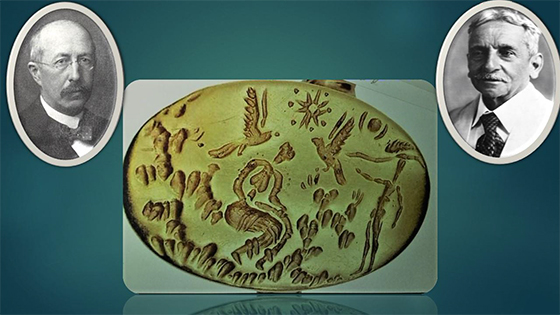Μια αιωνιότητα και ένας αιώνας: Μπέργκμαν 1918-2018

Στα πλαίσια των παγκόσμιων εκδηλώσεων για τα 100 χρόνια από τη γέννηση του μεγάλου δημιουργού Ίνγκμαρ Μπέργκμαν (1918 – 2018) το Σουηδικό Ινστιτούτο Αθηνών σε συνεργασία με τον κινηματογράφο ΑΣΤΟΡ και τον κινηματογράφο ΑΝΔΟΡΑ, το Σουηδικό Ινστιτούτο Κινηματογράφου (SFI), το Σουηδικό Ινστιτούτο (SI) και την Πρεσβεία της Σουηδίας, διοργανώνουν ένα αφιέρωμα προβολών των σημαντικότερων ταινιών του.



